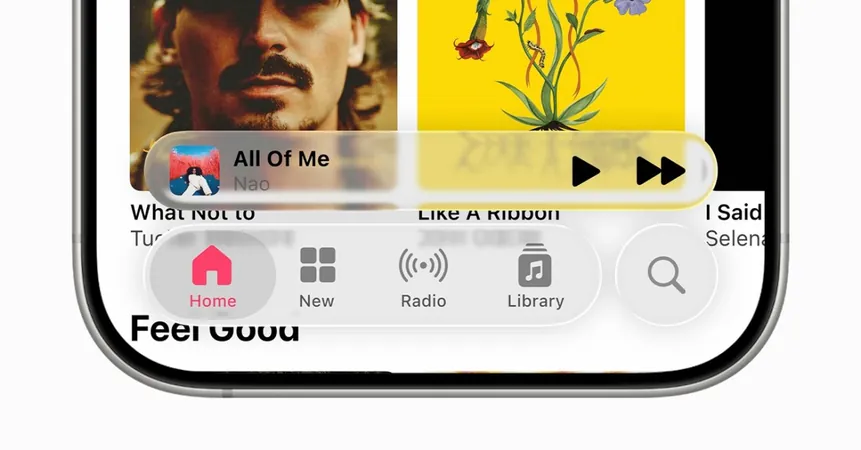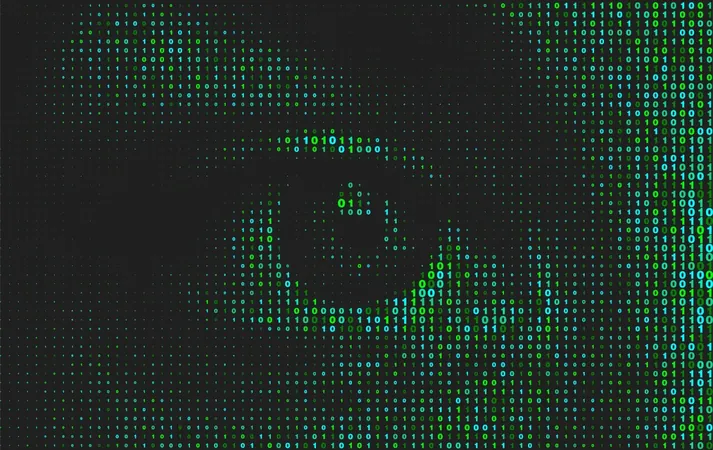
A Satellite Breakthrough: Artificial Solar Eclipses Unveiled!
2025-06-16
Author: Li
Unveiling the Wonders of Proba-3
In a stunning leap for space exploration, two European satellites have achieved the remarkable feat of creating artificial solar eclipses! These groundbreaking spacecraft, part of the European Space Agency's Proba-3 mission, have been orchestrating simulated solar eclipses since their launch last year, bringing science to new heights.
Precision Engineering Like Never Before
Positioned just 492 feet apart, one satellite mimics the moon's role during a total solar eclipse, perfectly blocking the sun's light. Meanwhile, the second satellite focuses its telescope on the sun’s corona, the mesmerizing outer atmosphere that glows like a halo. This intricate dance demands pinpoint precision, with the satellites needing to maintain their spacing within one millimeter, about the thickness of a fingernail!
A Scientific Bonanza Awaits
So far, Proba-3 has successfully generated 10 solar eclipses, with the longest lasting an impressive five hours! Lead scientist Andrei Zhukov from the Royal Observatory of Belgium expressed his exhilaration, stating, "We almost couldn’t believe our eyes! This was the first try, and it worked. It was incredible!" As the mission progresses, they're aiming for longer eclipses, targeting six hours of totality once scientific observations officially kick off in July.
Revolutionizing Solar Studies
Imagine the impact: Zhukov predicts an astonishing average of two solar eclipses per week over the next two years, totaling nearly 200 eclipses and yielding over 1,000 hours of valuable totality. This is monumental, especially when you consider that natural solar eclipses only occur once every 18 months and last just minutes!
Unlocking the Mysteries of the Corona
The sun remains a captivating enigma, particularly its corona, which is hotter than the sun's surface itself. Coronal mass ejections can hurl vast amounts of plasma and magnetic fields into space, causing geomagnetic storms that disrupt communication and create stunning auroras. With the insights from Proba-3, scientists hope to unlock new secrets of our star.
A Unique Approach to Solar Observation
What sets Proba-3 apart from previous satellite missions is its innovative approach: it employs two separate satellites, allowing for a clearer perspective of the corona near the sun’s edge. This unprecedented distance grants scientists a better view and improves the quality of the images captured.
Excitement from the Sky Above
ESA’s mission manager Damien Galano, speaking from the Paris Air Show, expressed pride in the mission’s success due to its precise formation flying. The excitement is palpable as the world watches this satellite duo redefine our understanding of solar phenomena.





 Brasil (PT)
Brasil (PT)
 Canada (EN)
Canada (EN)
 Chile (ES)
Chile (ES)
 Česko (CS)
Česko (CS)
 대한민국 (KO)
대한민국 (KO)
 España (ES)
España (ES)
 France (FR)
France (FR)
 Hong Kong (EN)
Hong Kong (EN)
 Italia (IT)
Italia (IT)
 日本 (JA)
日本 (JA)
 Magyarország (HU)
Magyarország (HU)
 Norge (NO)
Norge (NO)
 Polska (PL)
Polska (PL)
 Schweiz (DE)
Schweiz (DE)
 Singapore (EN)
Singapore (EN)
 Sverige (SV)
Sverige (SV)
 Suomi (FI)
Suomi (FI)
 Türkiye (TR)
Türkiye (TR)
 الإمارات العربية المتحدة (AR)
الإمارات العربية المتحدة (AR)